Title Page FIRST CLASS PHONICS BOOK 1 P S Quick Publisher Information Published in 2013 by Andrews UK Limited www.andrewsuk.com The right of P S Quick to be identified as the Author of this Work has been asserted in accordance with the Copyright, Designs and Patents Act 1998 Copyright 2013 P S Quick All rights reserved. No part of this publication may be reproduced, stored in a retrieval system, or transmitted, in any form or by any means without the prior written permission of the publisher, nor be otherwise circulated in any form of binding or cover other than that in which it is published and without a similar condition being imposed on the subsequent purchaser. Any person who does so may be liable to criminal prosecution and civil claims for damages. Introduction First Class Phonics is a series of books designed to help children quickly become proficient readers and writers. These books use Synthetic Phonics, which is a high quality teaching method recognised all over the world. In synthetic phonics children focus on the skills that enable them to read and spell words accurately.
They recognise the importance of every sound they hear in the spoken word and learn to blend these sounds so that they can read words from the very beginning of the program. It is essential that children develop the ability to hear, identify and manipulate individual sounds in order to read fluently. This book provides a range of fun activities to ensure this happens. Book 1 covers the sounds s, a, t, p, i, n, m, d, g, o, c, k, ck, e, u, r and h . It teaches the tricky words I, the, to, no, go, so, my and said . Whenever children meet these words in the text they are written in italics so children know they cannot sound them out.
The last chapter contains a story that uses only words built from the sounds taught in this book. In this chapter words are not written in italics. *Instructions to be read by adults are starred with an asterisk and written in italics. Notes for Parents and Teachers How do I use this book? When a new sound is introduced you will see the following format: S  ssss snake
ssss snake
*Say these sounds: s a s a s a s
- In this activity you should read the caption to the child then encourage them to read each sound they see. a-s as
- In this activity your child should read a-s as separate sounds a, s, then blend them to read the word as. a-s as
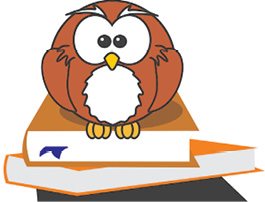 *Read these words and sentences Pat sat at the tap.
*Read these words and sentences Pat sat at the tap. - In this activity read the instructions in italics to your child. Point out that the owl is a picture clue for them to do this. Again practice the sentences until your child can read them fluently before moving on.
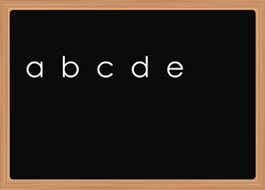 *Now use your letters to make your own words and read them.
*Now use your letters to make your own words and read them. 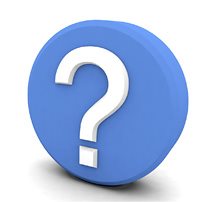 * Can you put these words in the right order to read the sentence correctly? sad. is Sam
* Can you put these words in the right order to read the sentence correctly? sad. is Sam - Read the instructions in italics to your child. Write each word on a separate card and give them to your child to order correctly. the
- Some high frequency words seem irregular when children are first taught them so they are introduced as tricky or camera words. the
 *Some letters or groups of letters can make the same sound. The next sound is made in 3 different ways.
*Some letters or groups of letters can make the same sound. The next sound is made in 3 different ways. - This instruction is given when different letters are taught that make the same sound, e.g. c, k ck. Children may be introduced to other ways of making these sounds in later books.
- Other activities to support and extend are given in the following sections.
Letters and Sounds Spoken English contains 44 different sounds. Each of these is known as a phoneme. In our alphabet we only have 26 letters. Some sounds are made by using single letters but other sounds require a combination of letters when written down. As well as this the same letters can represent a variety of sounds. From the very beginning of this program children are made aware that
- Different single spoken sounds (phonemes) can be written using one, two or more letters e.g. ay - a, d ay, r ai n , t a m e, th ey, etc.
- One written letter or group of letters (graphemes) can make different sounds. E.g. sk y, pupp y. sk y, pupp y.
L ow , c ow , etc.
Is my child ready? Children need to have reached the stage where they can discriminate sounds. To do this they should have first experienced a range of activities in which they listen carefully and talk about the things they hear. Many daily activities encourage children to do this. They should listen to sounds in the environment, naming and imitating those they hear such as animals, vehicles, household noises etc. Listening to and reciting nursery rhymes and other songs is good preparation. Children could play a drum or other musical instrument, copying or inventing rhythms. They could also make body sounds or learn action rhymes. Moving On Once children have had experience of these activities they will be ready to move on to oral blending and segmenting activities. Whatever activity is chosen always model it first. Robot Talk: Play an action game in which you segment the oral sounds by saying s-i-t sit , j-u-m-p jump. Once your child is able to do this you can just say s-i-t or j-u-m-p . You can put the words into sentences or questions: I am going to the sh-o-p .
Next page

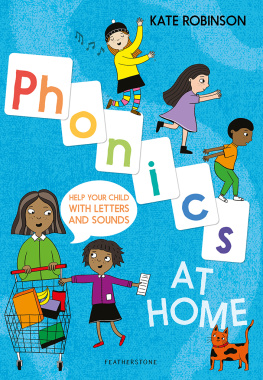
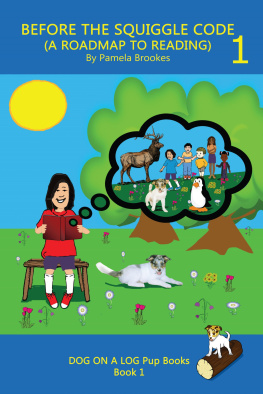
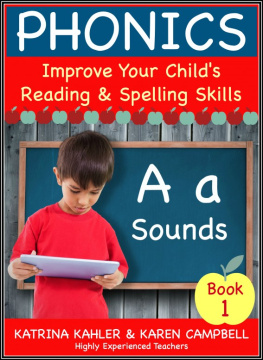
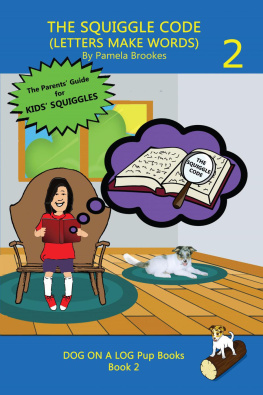
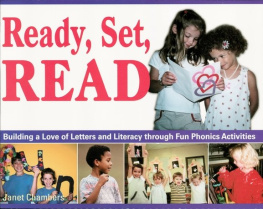
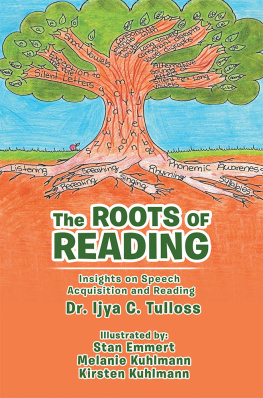
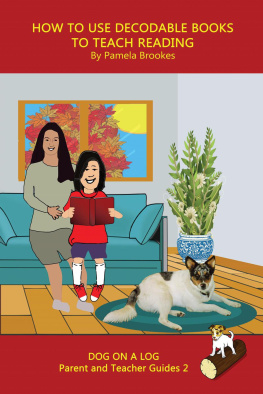
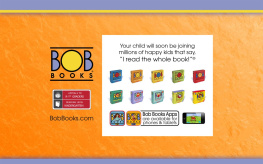
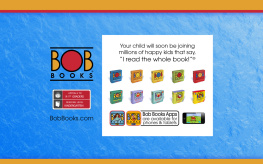
 ssss snake
ssss snake *Read these words and sentences Pat sat at the tap.
*Read these words and sentences Pat sat at the tap.  *Now use your letters to make your own words and read them.
*Now use your letters to make your own words and read them.  * Can you put these words in the right order to read the sentence correctly? sad. is Sam
* Can you put these words in the right order to read the sentence correctly? sad. is Sam  *Some letters or groups of letters can make the same sound. The next sound is made in 3 different ways.
*Some letters or groups of letters can make the same sound. The next sound is made in 3 different ways.